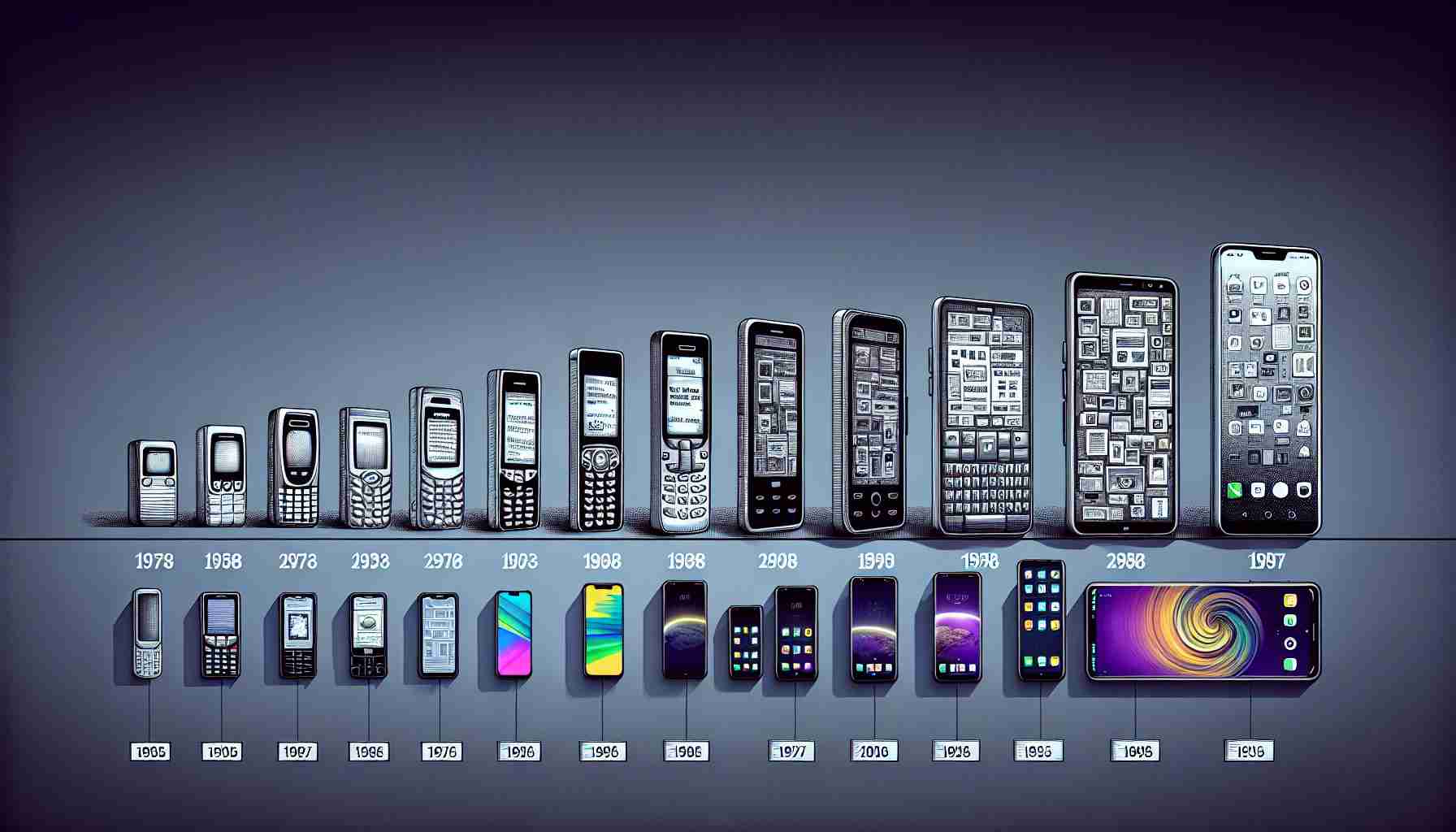The transformation of the humble smartphone has been nothing short of remarkable. From its origins as a straightforward communication device, it has blossomed into a multifaceted assistant that orchestrates our daily routines. The smartphone’s screen is the last thing we see before we fall asleep and the first thing we greet in the morning, keeping us connected to work and leisure alike.
Spike in smartphone utilization and security risks is a global trend, but in India, it’s particularly dramatic. The rise in remote working has propelled the number of Indian smartphone users to nearly 500 million as of 2021. But with more phones comes more danger: security threats are burgeoning, prompting increased vigilance and protective action by the authorities.
The blending of work and personal life through smartphones compels us to keep them always on and online, quite unlike our laptops. This constant connectivity, however, comes at a price, as mobile devices are often less shielded by security software, creating a data protection quandary.
Businesses, big and small, face security challenges, such as the local bakery that has integrated smartphone technology to oversee its operations, making it susceptible to the ever-present threat of cyber-attacks, which could result in significant operational disruptions and data breaches.
Mobile malware is not a new adversary. Flashback twenty years, and we find the nascent stage of mobile malware even when Nokia dominated the scene. Today, the risks have escalated, with extensive personal and professional information stored on smartphones.
iOS users, beware: It’s a fallacy to believe that Apple devices are immune to malware. With new regulations allowing for non-App Store applications, iOS users need to adopt comprehensive mobile security measures.
India’s accelerating smartphone trends are not just a reflection of a global pattern but a clear indication of the country’s digital maturation. A report highlights over a billion telecom subscribers, pointing to the vast mobile user base.
Security challenges for Indian users range from phishing to the dissemination of mobile malware via unsafe apps and Wi-Fi networks. Data privacy remains a concern, underlining the urgency of adopting a robust data protection bill.
Recognizing the pluses and pitfalls of India’s smartphone saga, the advantages, such as increased accessibility and business empowerment, are juxtaposed with the perils of heightened security vulnerabilities, the possibility of tech addiction, and privacy challenges.
As smartphones increasingly weave into the fabric of our existence, the onus is on both users and authorities to craft a responsible and forward-thinking approach to mobile security.
Advantages of the Smartphone Evolution:
– Convenience: Smartphones have evolved into a convenient all-in-one tool that caters to various needs like navigation, information search, shopping, banking, and entertainment.
– Connectivity: Instant messaging, video calls, and social networking have bridged the distance between people worldwide.
– Healthcare Access: Telemedicine apps and health tracking features have improved access to health services and self-monitoring.
– Education: Smartphones have become a valuable educational resource, facilitating access to online courses, e-books, and educational apps.
Disadvantages of the Smartphone Evolution:
– Privacy Concerns: Smartphones collect a vast amount of personal data, raising privacy issues and concerns about data misuse by third-party applications.
– Distraction and Addiction: Constant notifications and a plethora of apps can lead to distraction and addiction, potentially impacting mental health and productivity.
– Dependence: Over-reliance on smartphones for basic tasks can create dependency, limiting the development of certain cognitive and problem-solving skills.
Key Challenges and Controversies:
– Data Security: With increased use of smartphones for sensitive tasks, ensuring data security and protecting against cyber threats is a critical challenge.
– E-waste: The fast-paced evolution of smartphones leads to rapid device turnover and a growing problem of e-waste, which poses environmental hazards.
– Access Inequality: Despite widespread smartphone adoption, there remains a digital divide, with certain populations lacking access to advanced technology.
Questions and Answers:
– What measures can be taken to improve mobile security? Regular software updates, use of strong passwords, encrypting data, avoiding untrusted networks, and installing reputable security apps can enhance mobile security.
– How can tech addiction be addressed? Creating awareness about responsible usage, digital detox programs, and setting personal limits on screen time can help combat tech addiction.
– Is there a solution to the e-waste problem caused by smartphones? Proper recycling programs, initiatives encouraging the use of sustainable materials, and legislation requiring manufacturers to facilitate longer device lifespans can help mitigate e-waste.
As smartphones become increasingly integrated into daily life, it’s crucial to recognize and address the potential risks and challenges they bring. Users and authorities must work together to ensure that the use of smartphones benefits society while minimizing the threats to security, privacy, and well-being. For further reading and resources on mobile technology, consider visiting reputable tech news sites like Wired or The Verge.
The source of the article is from the blog portaldoriograndense.com
